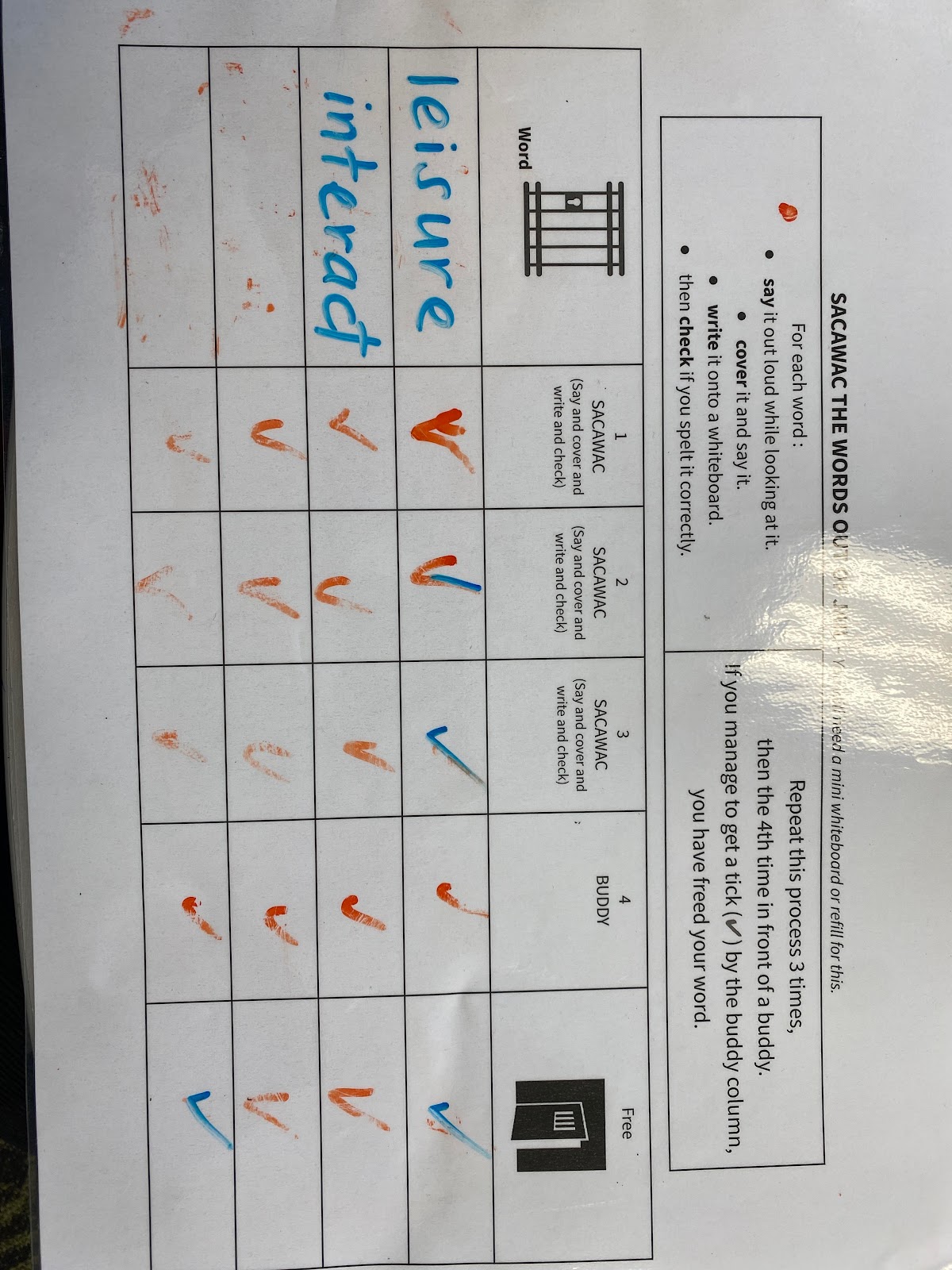PAT Tests and Creating a Supportive Learning Environment
As a beginning teacher, one of your primary responsibilities is to ensure that your students not only progress academically but also feel supported and encouraged in their educational journey. As a digital school, our students sit the Progressive Achievement Tests (PAT) on their devices. PAT assessments are designed to evaluate our students' knowledge and skills in a specific subject. These tests help us to gauge their strengths and areas for improvement, which, in turn, informs our teaching strategies.
To prepare your students effectively for PAT tests, it can be helpful to align your teaching with the test format. This is not "teaching to the test." I focused on the actual format of how questions are delivered, and how students select their answers. I have found ReadTheory to be quite similar in its setup to what the PATs are like, so my reading groups did a lot of ReadTheory in the week leading up to their PAT tests.
A conducive learning environment is essential for effective test preparation. My syndicate met ahead of the assessments to ensure all student devices were in working order for the test. Students of the same year level were allocated seats away from each other - this will be different if you do not have a mix of year levels in your classroom. In my own class, we went over the expectations of being in a test environment. We also prepared for after the test; students selected a book and put it under their chair. Once they finished the test (if it was earlier than the official end time) they read their book. This helped to decrease risk of students distracting others.
Before the actual test, there are example questions and answers. We worked through sample questions and exercises together as a class before starting. This approach can boost their confidence and help them understand the test format and requirements better. I made sure to address any questions or concerns they may have had before the test officially started.
Finally, it was important for me to remember that PAT tests are just one tool to gauge my students' progress. As a beginning teacher, I am continuously seeking ways to improve my teaching and adapt to my students' needs. I know I can use the PAT test results as valuable feedback to refine my teaching strategies and support your students' content knowledge going forward.




.jpg)
